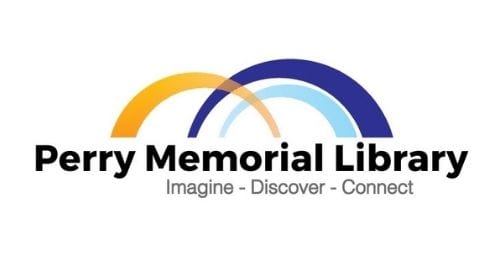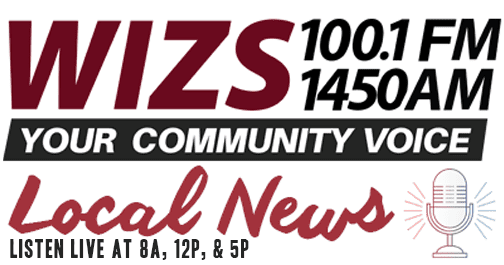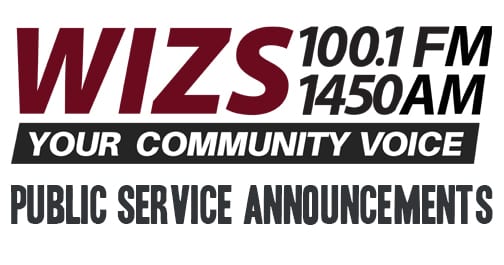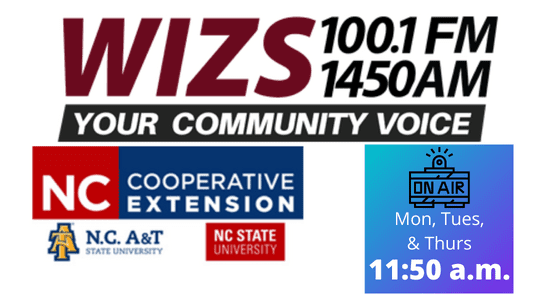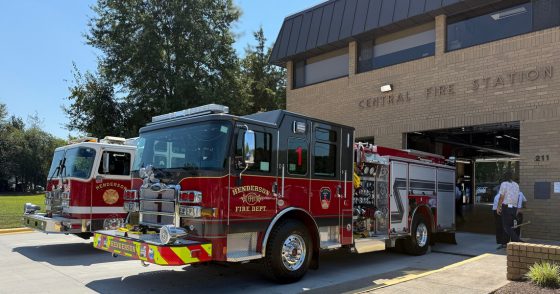100.1 FM / 1450 AM WIZS; Local News broadcasts M-F 8am, 12pm, 5pm
-Press Release, NC DIT
The North Carolina 911 Board is providing North Carolina residents with technological improvements to 911 communications across the state through the Next Generation 911 (NG911) initiative. These advancements, which include the Emergency Services IP Network (ESInet), ensure that N.C. residents can access 911 services regardless of location or the communication technology they use.
Transitioning 911 to the ESInet enables digital information such as cell phone calls, text messages, pictures and video to be routed to the appropriate 911 call center, or Public Safety Answering Point (PSAP), across a closed, private network via location-based call routing capabilities.
To support the implementation of NG911 services, in 2019, North Carolina was awarded a $3.9 million federal grant by the National Highway Traffic Safety Administration (NHTSA) and National Telecommunications and Information Administration (NTIA). In addition, the N.C. 911 Board awarded $10.5 million in grants from the state’s 911 Fund to support the migration to ESInet, new PSAPs, and radio and dispatch upgrades.
“We are excited to be on target with 25 percent of the PSAPs having migrated to the ESInet, and the majority of those also took advantage of the hosted call handling solution that is part of the overall NG911 initiative for the state,” said Pokey Harris, executive director of the North Carolina 911 Board. “We appreciate those PSAPs that were willing to be among the first to migrate to ESInet and are excited that North Carolina is leading the way for NG911, being touted as an innovator.”
A total of 32 PSAPs in North Carolina have migrated to the ESInet, with 31 of those occurring in 2019. All 127 PSAPs across the state are required to complete the transition to the ESInet by July 1, 2021. A map of PSAPs and their migration status is available here.
With more 911 centers coming online, in September 2019, the board celebrated the opening of the Network Monitoring and Assistance Center (NMAC), which will play an important role in making sure services run smoothly across the state.
According to Harris, technicians at the NMAC will monitor the ESInet to immediately troubleshoot network issues and help behind the scenes to provide seamless 911 coverage, so 911 telecommunicators can focus on helping North Carolina residents get the assistance they need as quickly as possible.
Technicians also can quickly reroute emergency calls to other 911 centers as they identify increased trends in emergency calls – particularly in cases such as severe weather or major events that draw large volumes of people to a particular area. During Hurricane Dorian, technicians at the NMAC were prepared to assist in rerouting calls from the coast to counties farther inland, however, it was not necessary.
“Residents and visitors to the state are the true beneficiaries of the NG911 efforts that will ultimately improve 911 service delivery,” said Harris.
The N.C. 911 Board is a 17-member board that is responsible for policies and procedures for wireline and wireless 911 communications in the state and administers the state’s 911 Fund used to support equipment purchases for the 127 public safety answering points (911 centers) in the state. The board is housed with the N.C. Department of Information Technology.
For more information, visit https://it.nc.gov/about/boards-commissions/nc-911-board.
WIZS Note: Brian K. Short, director of Henderson-Vance Emergency Operations, reports that his department successfully transitioned to the ESI Net (Next Generation 911) in September 2019, and operations have been running smoothly in the ensuing months.


